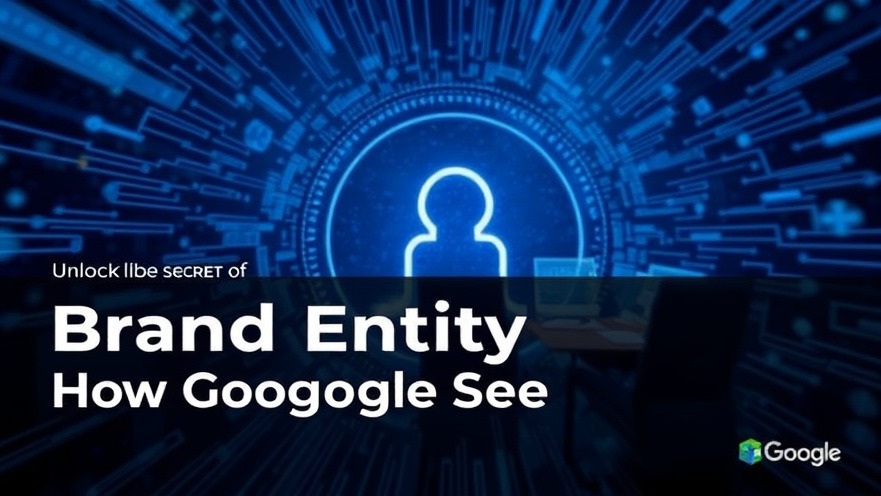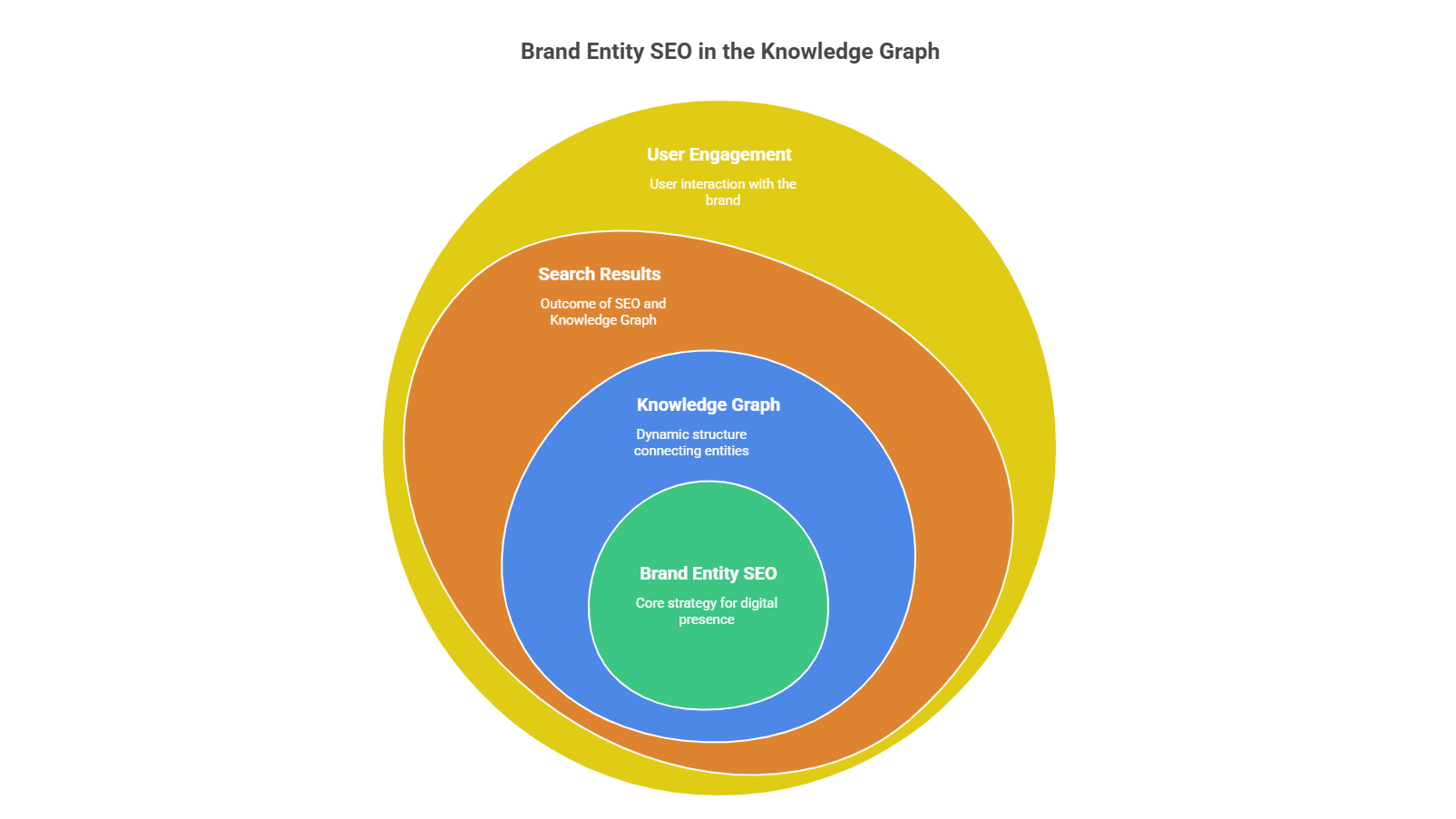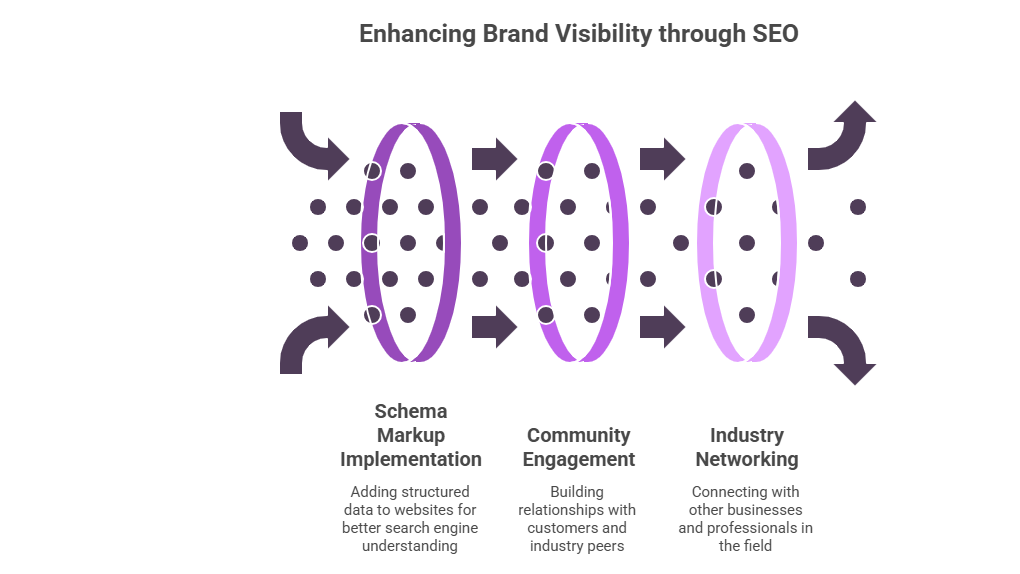
Understanding Brand Entity SEO in the Knowledge Graph
Have you ever wondered how Google understands your brand? This is where Brand Entity SEO comes into play.
In a digital landscape that prioritizes relationships over static rankings, Google uses the Knowledge Graph to connect people, products, and brands.
This dynamic structure not only influences search results but also how users discover and engage with your brand.

Why Your Brand Needs to Connect with Google
When your brand is recognized in the Knowledge Graph, it paves the way for enhanced visibility across Google services like Search Generative Experience (SGE), Bard, and Google Maps.
Imagine your brand being more than just a link; it’s a trusted entity that Google recommends to users based on their search queries and context.
However, the journey to establishing this strong brand entity requires consistent effort and strategy.
How to Check Your Brand’s Presence
One effective way to analyze your brand's standing is through the Google Knowledge Graph API. Regularly querying your brand can help determine if it's recognized and how well it’s connected.
If no information is returned, this indicates your brand remains unfamiliar to Google. Conversely, having a presence means your brand has established some level of relationship with the search engine, which is crucial for your overall marketing strategy.
Taking Action: Building Your Brand Entity
To truly harness the power of Brand Entity SEO, brands need to engage actively with their digital footprint. This means ensuring your business details are accurate across various online platforms, utilizing schema markup, and fostering relationships within your community and industry.

The more connected and relevant your brand appears in Google’s eyes, the better chances you have at drawing in your target audience.
The Human Element: Brand Trust and Recognition
Ultimately, establishing a brand entity is about more than just algorithms; it’s about creating trust and familiarity. Customers are more likely to engage with brands they recognize and have positive associations with.
Investing in thoughtful branding strategies can make a significant difference in how users perceive and interact with your offerings.
 Add Row
Add Row  Add
Add 




Write A Comment